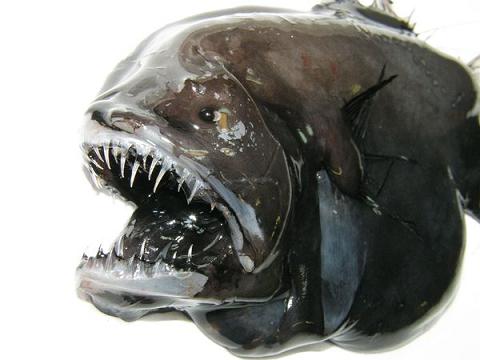
 |
|
|---|
|
ANIMAL MIGRATIONWhy animals migrate. The environment of some animals becomes extremely harsh at certain times of the year. In winter, for example, high mountains become bitterly cold. Snow and ice cover the peaks, and food becomes hard for animals to find. Some animals survive by hibernating. Others travel to places where the weather is milder and more food is available. The next spring, these animals return home. This type of regular round-trip journey is called a migration. Many animals that migrate live in the mountains or far from the equator. Migrating animals usually travel in large groups. Animals migrate for other reasons than to escape cold weather. Some travel to favorite feeding areas or to special places to produce their young. Animal travelers. Many birds make seasonal migrations. Some simply move short distances from the mountains to the valleys below. Others make remarkable long-distance journeys. In the fall, huge flocks of ducks and geese fly south for the winter. European white storks spend the spring and summer in northern Europe, where they breed and raise their young. They fly as far south as southern Africa for the winter. The Arctic tern is the champion long-distance traveler. Terns breed on islands in the Arctic Ocean. In late summer, they begin a long journey and fly all the way to Antarctica. They feed on the fish that are plentiful there before flying north to the Arctic to breed the following summer. A tern making this round trip may fly as many as 22,000 miles (35,400 kilometers). Humpback whales and blue whales also make long migrations. They spend the summer in polar oceans, which have plentiful food. In the autumn, they swim toward the equator until they reach the warm tropical seas. There, the females that are pregnant give birth. Others mate and then give birth the next year. The warm waters provide a comfortable environment for the babies. The whales spend the winter in the tropics before returning to the polar feeding area in the spring. Monarch butterflies and many other insects also migrate. When winter approaches, swarms of monarch butterflies travel from Canada and the northern United States to California and Florida. Some even fly as far south as southern Mexico. The butterflies begin the return trip in the spring, but few of the adults that flew south live long enough to complete it. Female monarchs lay eggs along the way back. The offspring, after maturing, continue the northward journey. 
Some animals travel long distances to find a breeding site. The green sea turtle feeds along the east coast of South America. It then swims 1,200 miles (1,900 kilometers) of open ocean to breed on Ascension Island, a small island in the middle of the Atlantic Ocean. When the baby turtles hatch, they swim to South America, where they may remain for many years. When they are mature, they swim back to Ascension Island and breed. Most salmon live for years in ocean waters. When the time comes for them to spawn (lay their eggs), they travel thousands of miles or kilometers. The salmon swim to inland waters, where they produce their young. The adult salmon die before the young hatch.
|
|---|